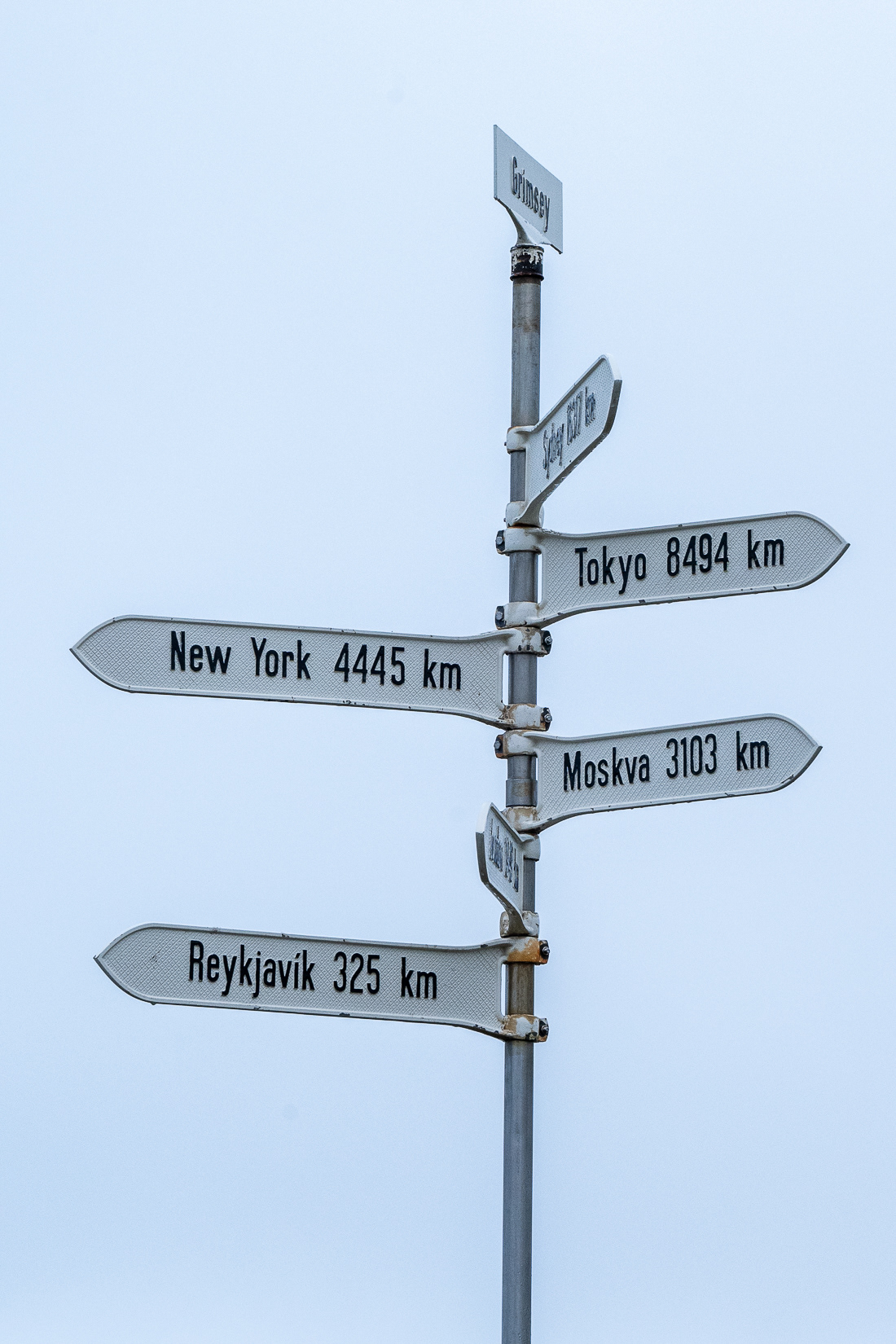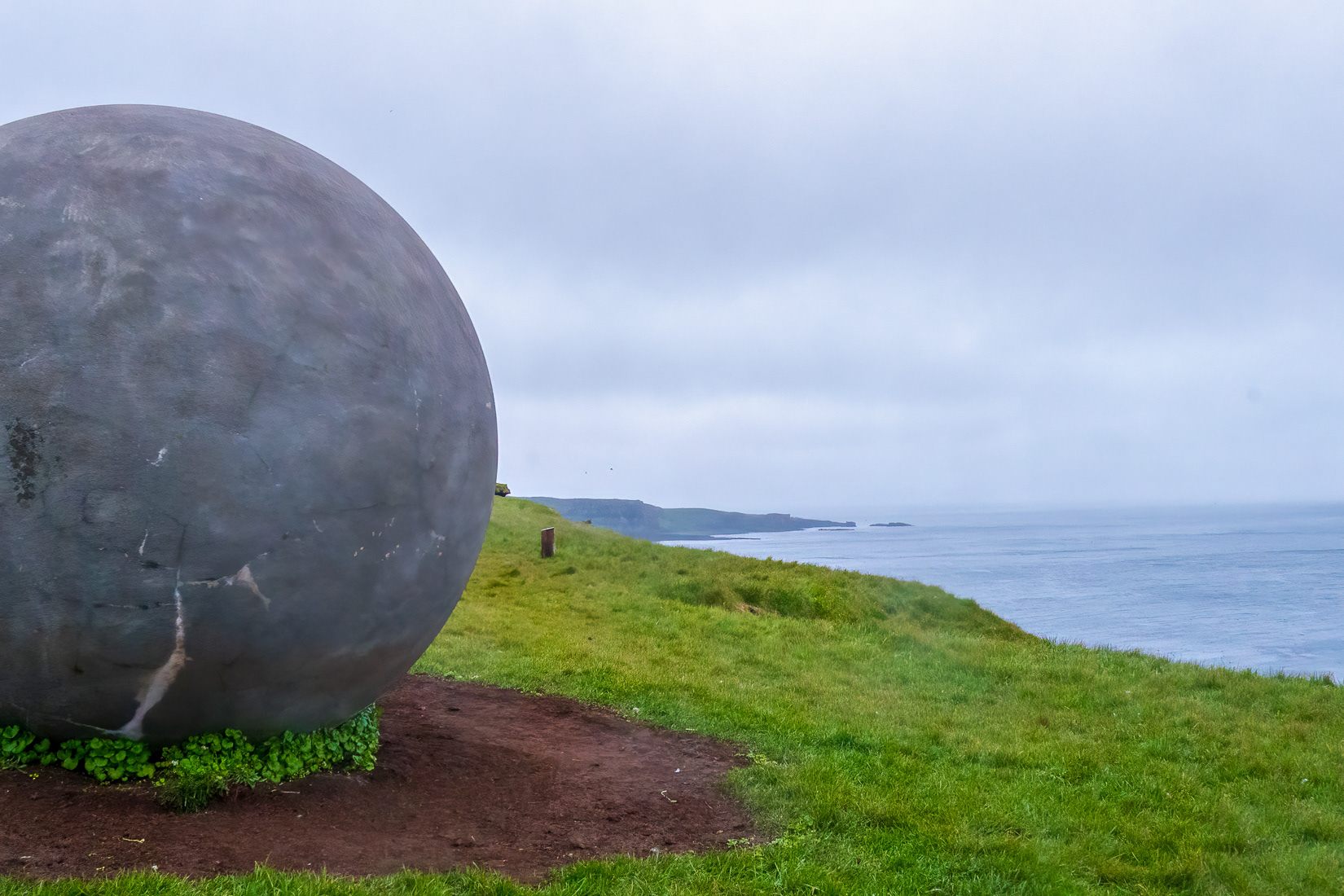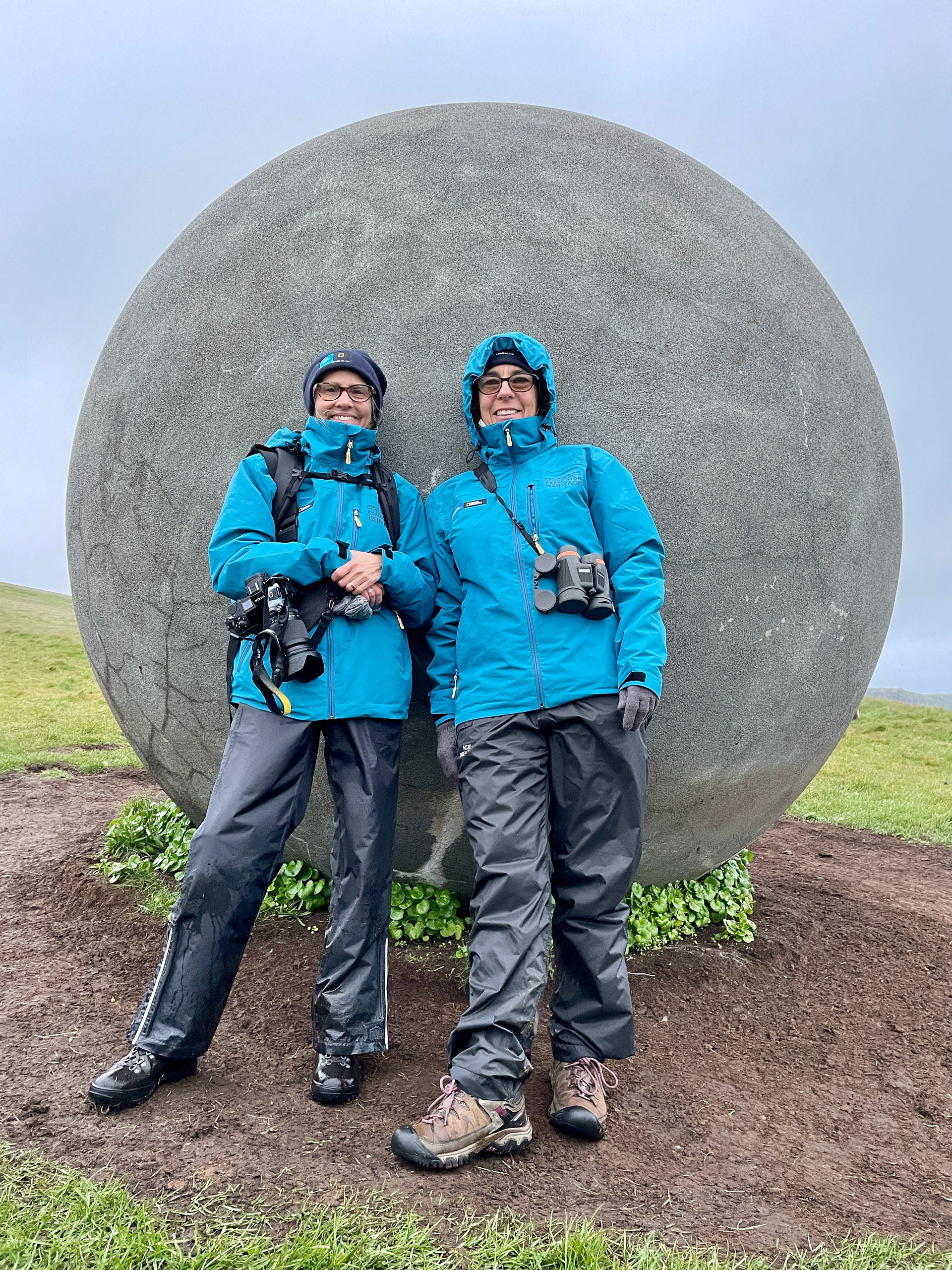This was an awe-inspiring day of geological wonders! Our first stop was Godafoss Falls. We've seen several waterfalls on this expedition however the color of the water here was breathtaking.
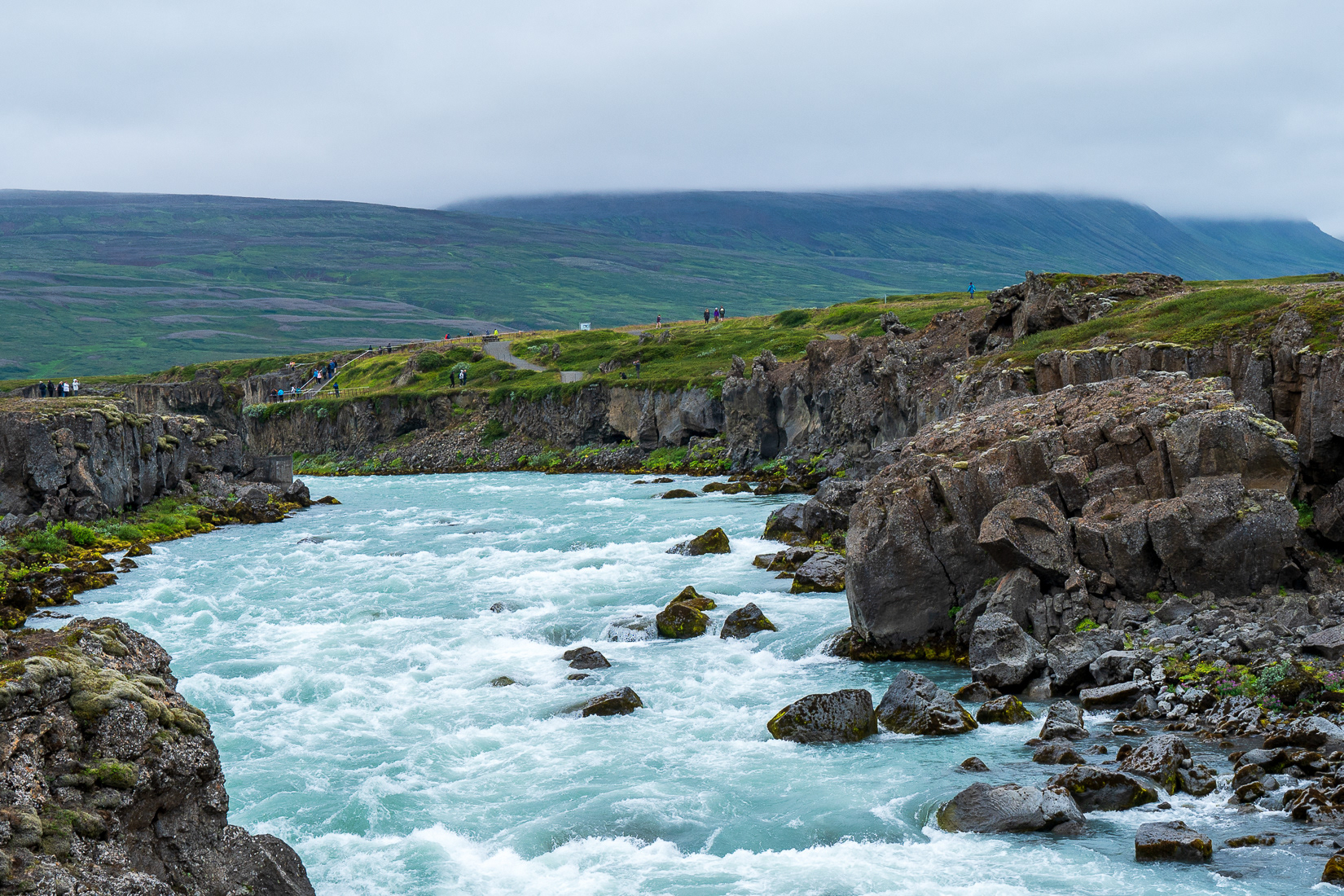
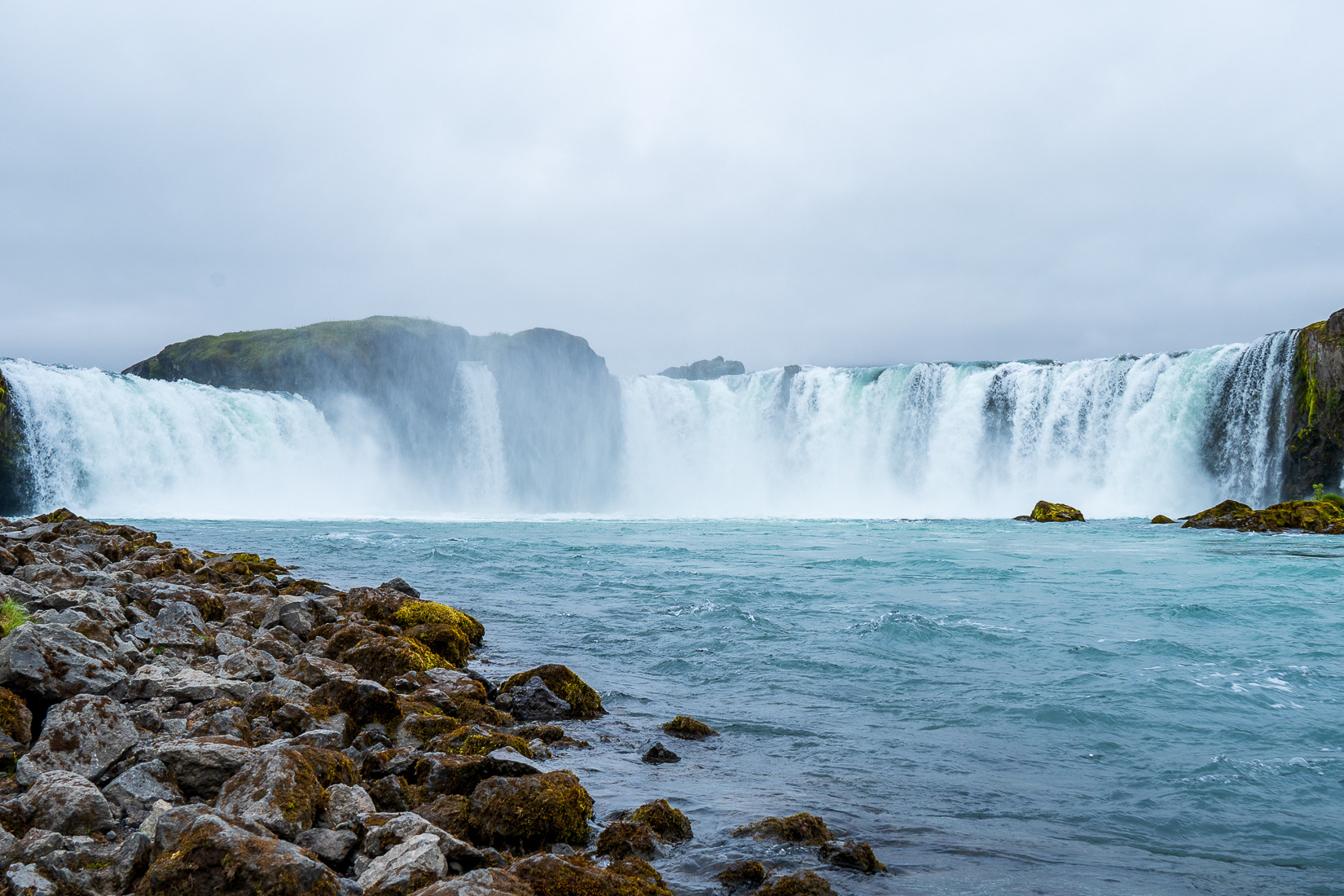
We went by bus to the Lake Myvatn area to the Dimmuborgir lava labyrinth. I could have wandered here for hours. The formations have been created by an eruption 2300 years ago. Wandering through the lava labyrinth, we all looked at some shapes, asking, "what do you see?".
Folklore has it that this area is home to Grýla and her 13 children, the Yule Lads. (Source: The Eeir Folktales Behind Iceland's Natural Wonders, National Geographic, August 8, 2017) The Yule Lads are 13 mischievous trolls that visit children over the 13 days leading up to Christmas. Their funny names, like Door Sniffer, Window Peeper, and Bowl Licker, made us laugh. Children leave their shoes out on a windowsill. If they have been good, they receive candy in their shoe, but if they have been bad, they receive rotten potatoes. Their mother, Grýla, is said to come down from the mountains to boil naughty children. Another tradition is the Christmas Cat which eats anyone who isn't wearing a new piece of clothing on Christmas Eve.

What do you see?

Sheep or cow?
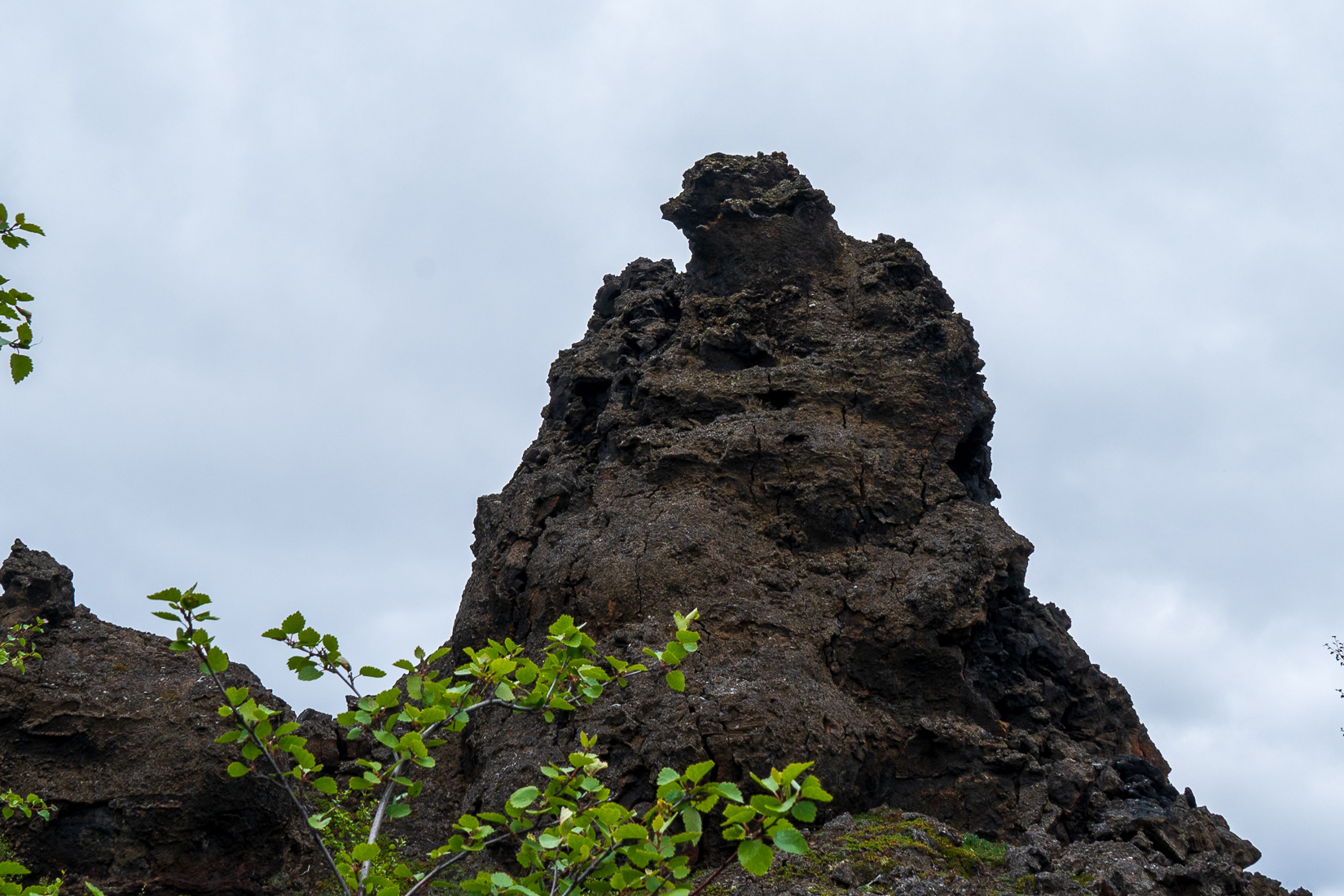
Anyone see Jabba the Hutt from Star Wars?
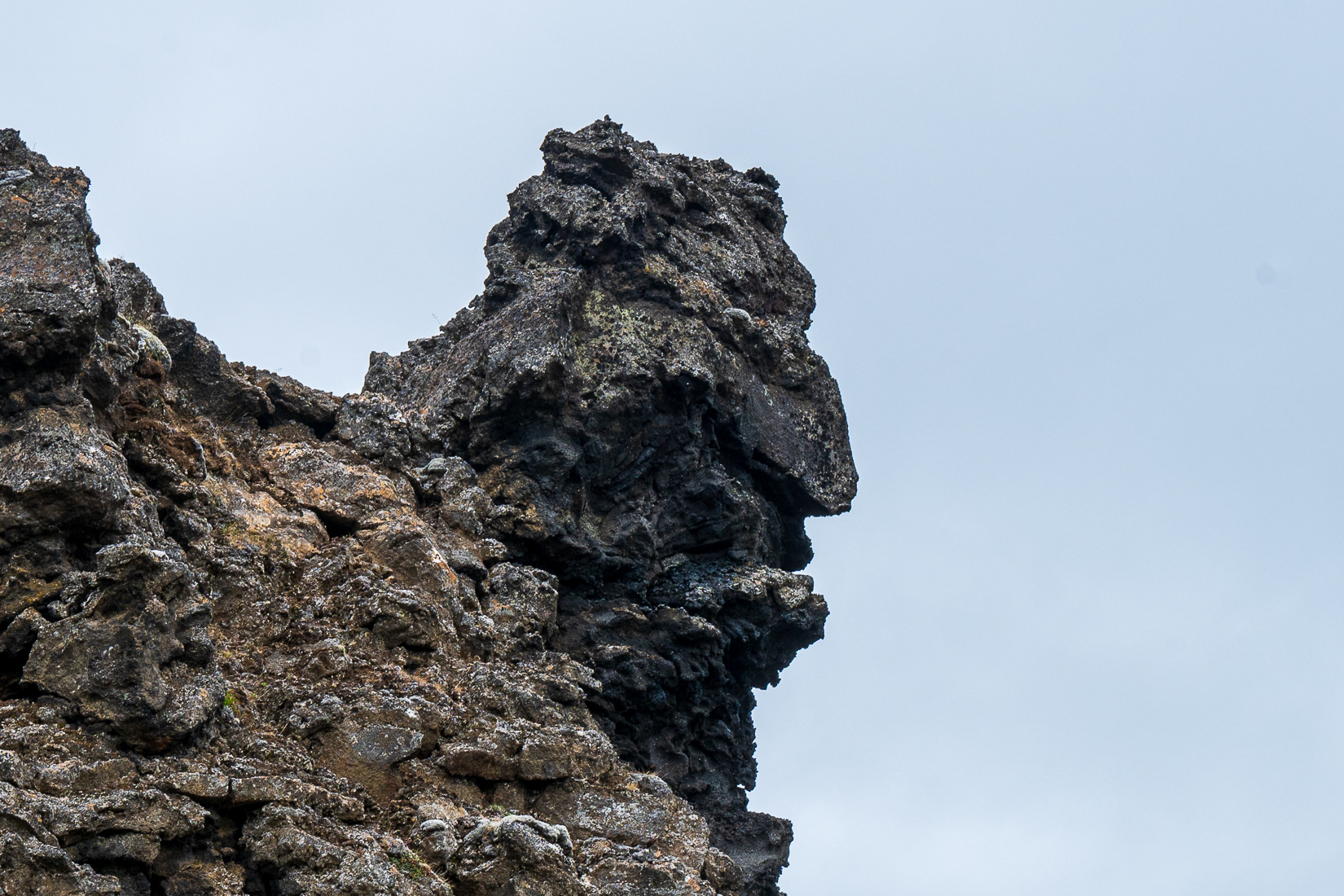
This one reminds me of the Old Man in the Mountain (New Hampshire).

Fighting couple?

Kissing couple?


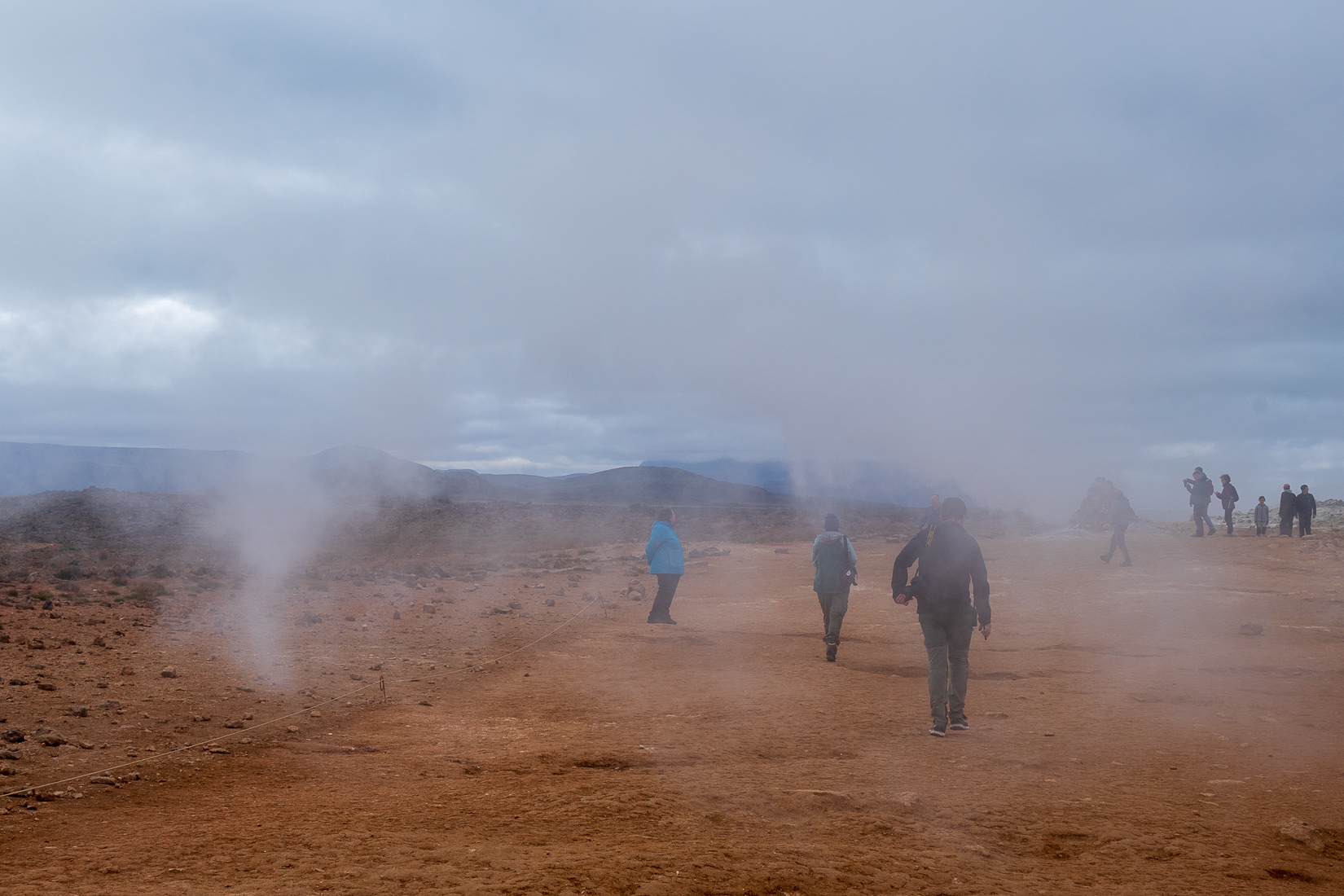
Watch this brief video to see and hear the mud bubbling due to the thermal energy.
After dinner, we took a Zodiac ride to Grimsey Island in the Arctic Circle. Seabirds out-populate humans on this small island 40 km off of Iceland. We walked to the Orbis et Globus, a moveable 3-meter, 17,600-pound concrete sphere. Why is it movable? According to "This Wandering Concrete Sphere Will Track the Movements of the Arctic Circle" by Ben Panko in Smithsonian Magazine (October 4, 2017), "The Arctic Circle is defined by the tilt of the Earth toward or away from the sun, which is known to fluctuate up to 2.4 degrees every 40,000 years or so. Currently, the Arctic Circle is actually moving north from Iceland at a rate of about 48 feet per year."
